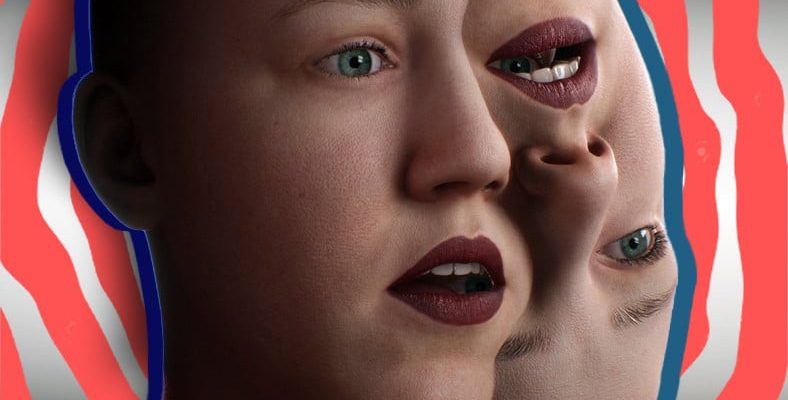When you first read it, those huge valleys that are often used in American movies may have come to life before your eyes, but this valley is very different from the known valleys. The valley here symbolizes the trough formed in a graph that shows the tension created by human-like beings in some people.
Today, especially with the development of artificial intelligence, the number of robots that look human-like or even human-like has increased considerably. Although this situation causes positive effects in general, It can create tension for some of us..
The strange feeling that most of us have when we see human-like robots in movies or on the news is not alien to us. So much so that this feeling has caused many scientific researches, but nowadays could not go beyond conjecture.
Uncanny valley is a term that describes that different feeling we have when we see a human-like robot.
Masahiro Mori
The term was coined in 1970 by a Japanese robotics professor. Described by Masahiro Mori. In addition, a lot of research has been done on this interesting term and subject and many claims have been made about why this feeling occurs, but today it has not gone beyond a hypothesis.
This a feeling that combines emotions such as tension, fear, disgust and startleIt can also be felt for some mask and cartoon characters who can move and talk like us.
Why was it given this name?
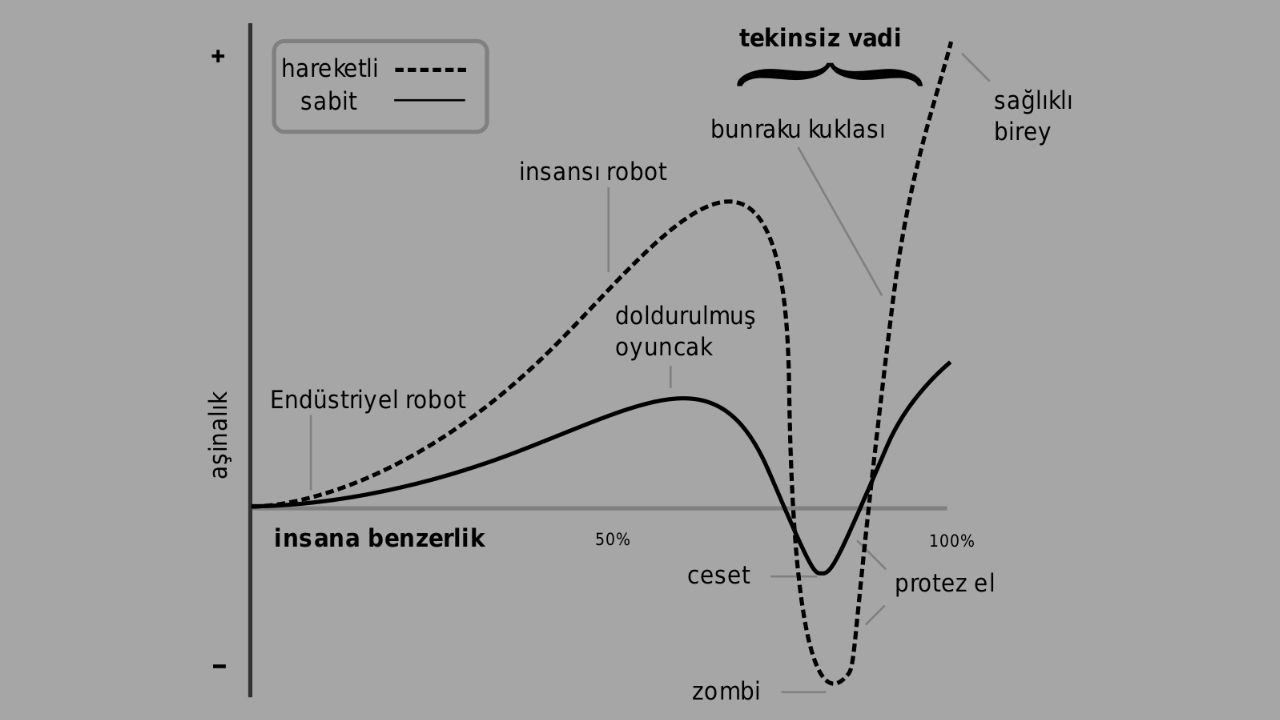
To understand this, we need to make use of the graph above. As seen in the graph As robots become more similar to us our feelings for them suddenly become negative feelings.
As these negative feelings increase, they suddenly decrease. Since the reason for this fluctuation is not yet clear and it reminds of a valley, this section and mood “Uncanny valley” given name.
So why does the “uncanny valley” effect occur?
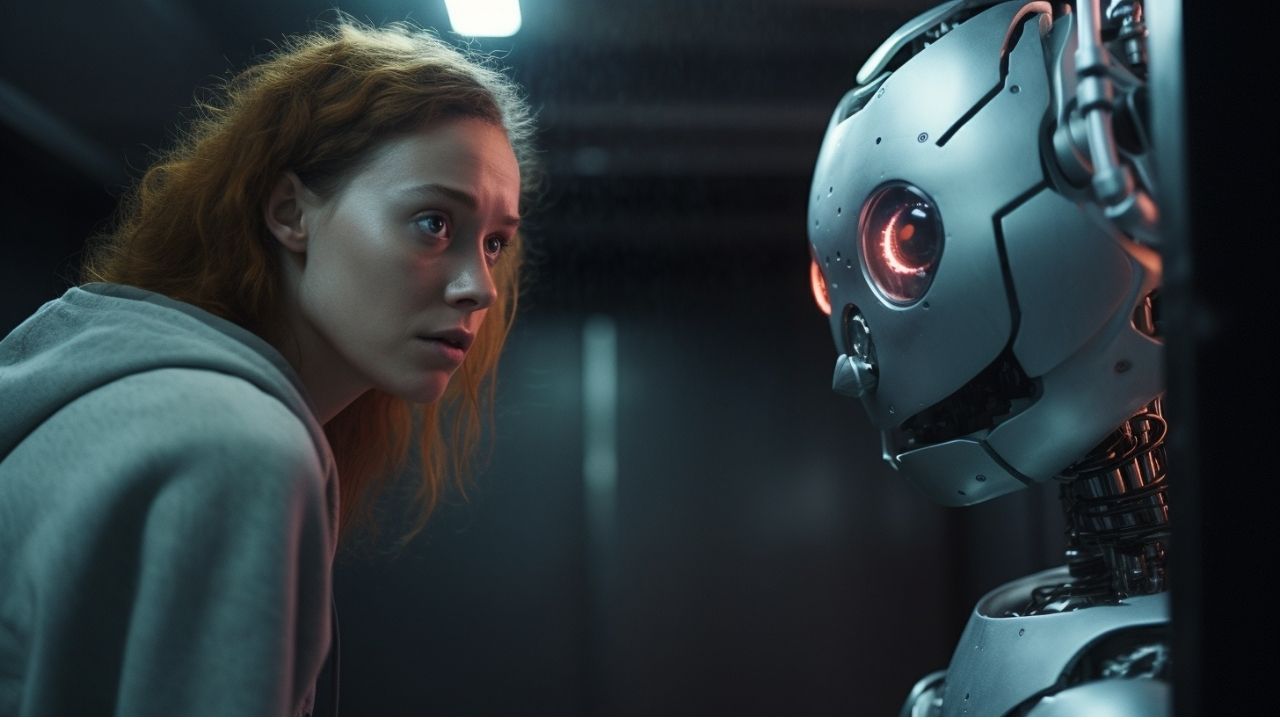
Today, there is no scientific evidence that can fully explain the cause of this mood, but There are many hypotheses on the subject. Some theories say that this condition is biological in origin, while others suggest that it is cultural. The researchers, on the other hand, say that all assumptions influence each other and have their merits.
Let’s make some assumptions Let’s examine together:
According to the assumption of “mate selection”, which is effective for the continuity of our species:

In order to ensure the continuity of our species, we choose a suitable mate for ourselves with our instincts. In this way, we can give birth to healthy babies. These instincts are human-like when we begin to see robots as human beings rather than robots It causes feelings such as disgust, hatred and startle. These feelings lead to the situation we call the “uncanny valley”.
According to the assumption of avoidance of diseases and dangers:
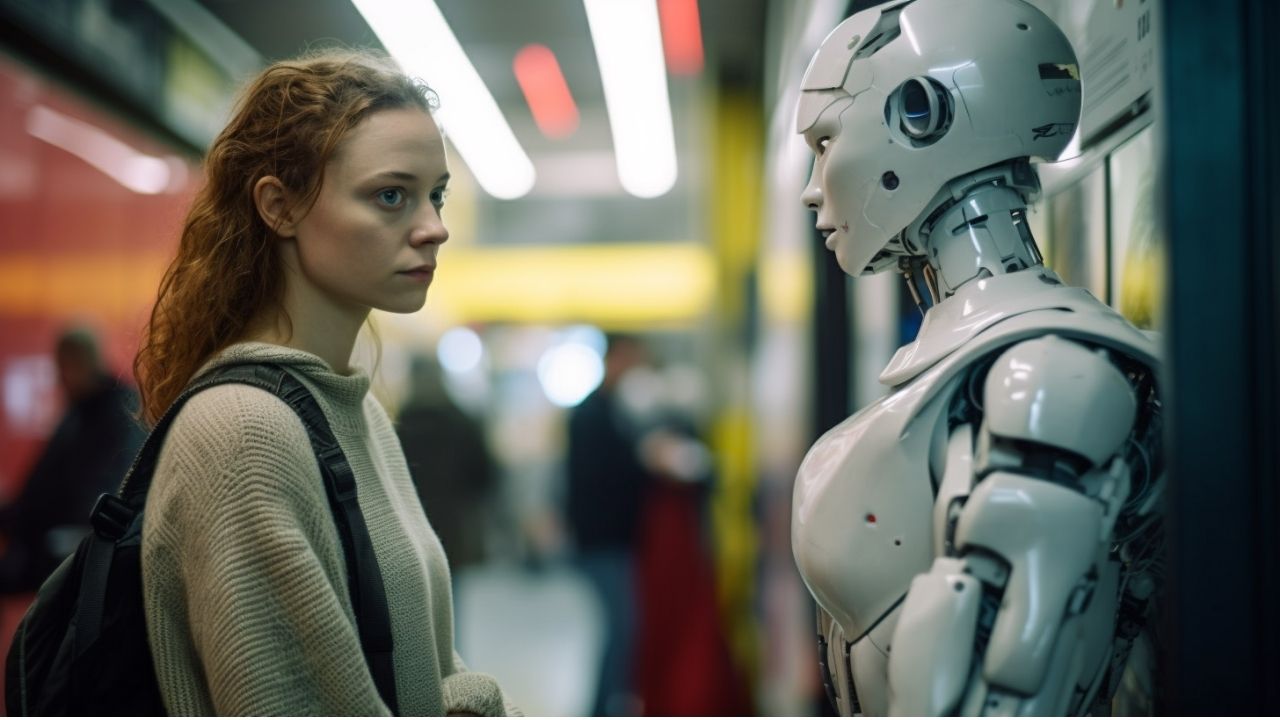
When someone sneezes or blows their nose near us, we are disgusted and stay away from them. Like this We avoid diseases. The same applies to situations that are dangerous and that could harm us.
When we see a human-like robot, the structure of robots is not natural. our brain thinks that what is natural and unusual can be sick or dangerous. That’s why we shy away from robots and indeed, in a way, we avoid diseases and dangers.
According to the assumption of unrequited expectations:
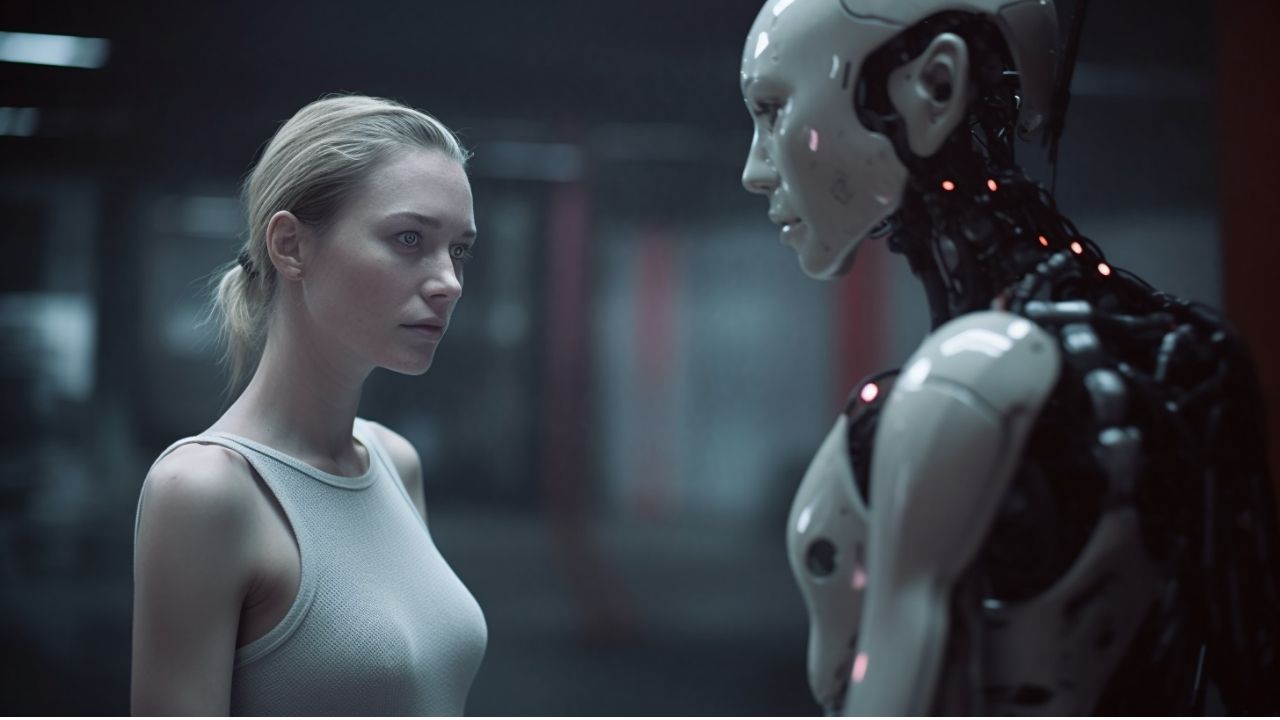
According to this assumption, when we see a human-like robot, we expect a robot that is exactly like us and can communicate with us with its emotions and thoughts. Here are some like Negative emotions arise when our expectations are not met. and we are experiencing the uncanny valley effect.
According to the cognitive dissonance assumption:
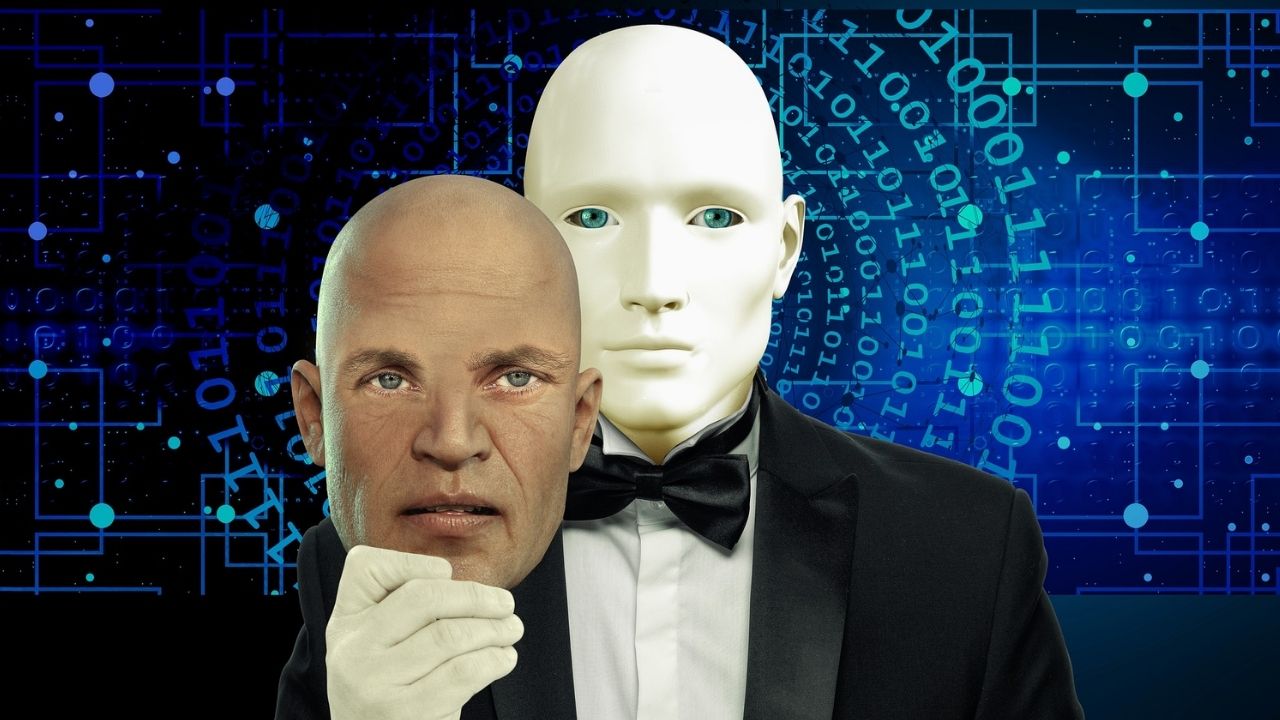
When we see a human-like robot, we can’t quite decide whether it is a robot or a human. there is a dissonance in our consciousness. This situation causes us to feel psychologically uncomfortable and negative emotions to emerge.
Assuming incompatible items:
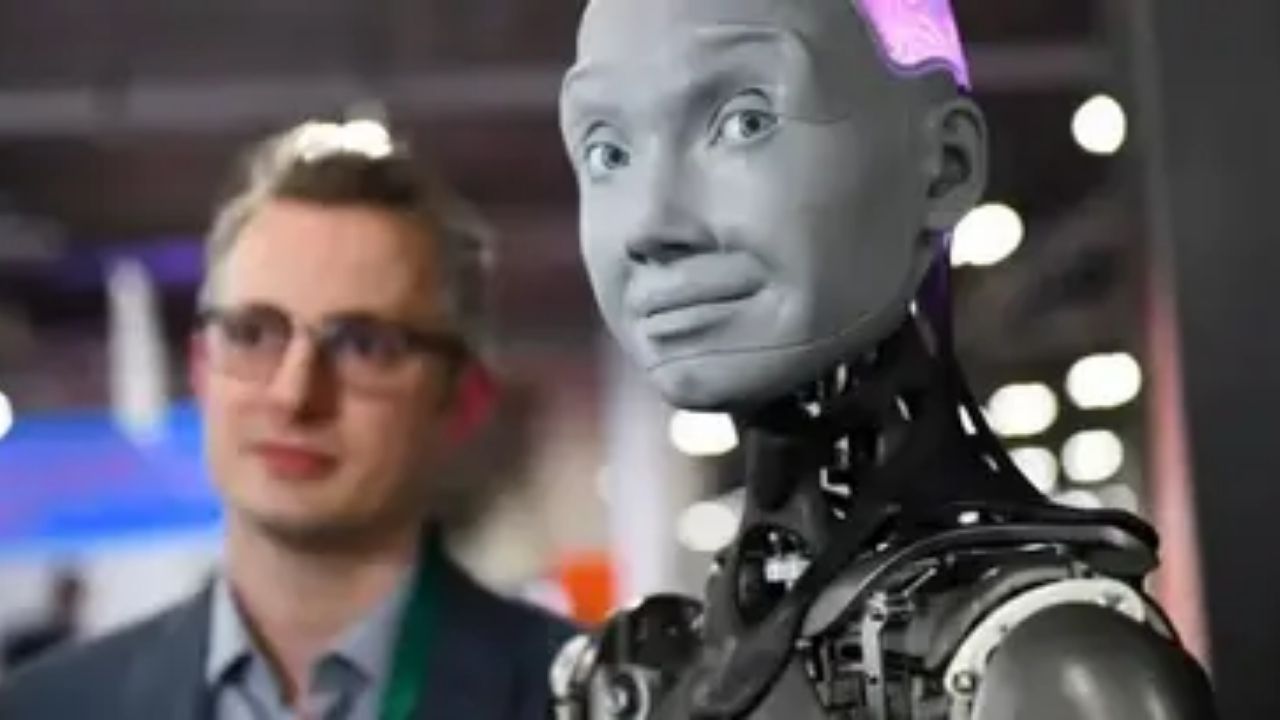
Research in the past years showed that people tend to be uncomfortable when elements that do not normally coexist together.
For example, an article published in 2011, revealed that people are not bothered by robot-voiced robots, but find human-voiced robots creepy.
One of the most important examples of the uncanny valley effect belongs to the Shrek animation.
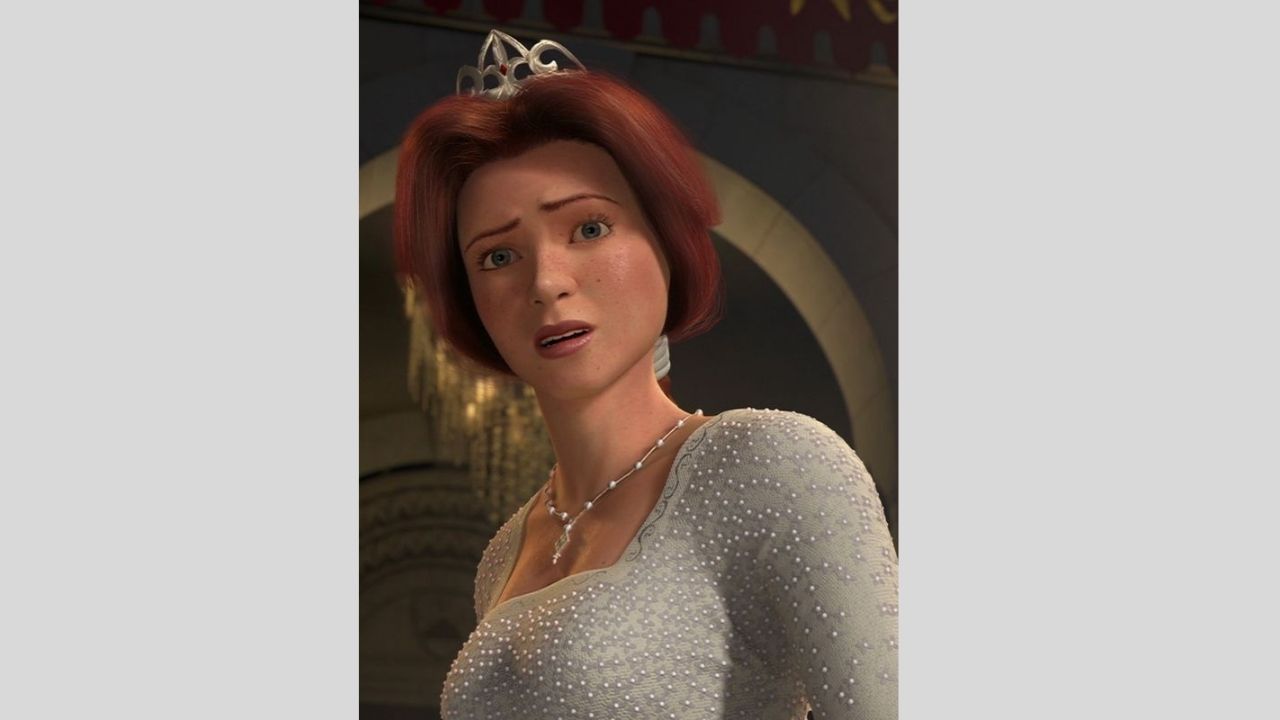
Princess Fiona character in the test screening of Shrek, one of the popular animated films He looked so human-like that it caused feelings of fear and tension in children.
After these turns, the producers also played the character of Princess Fiona. decided to do it more in a cartoon style.
Final Fantasy: The Spirits Within animation did not have the desired effect at the box office because it caused the uncanny valley effect.
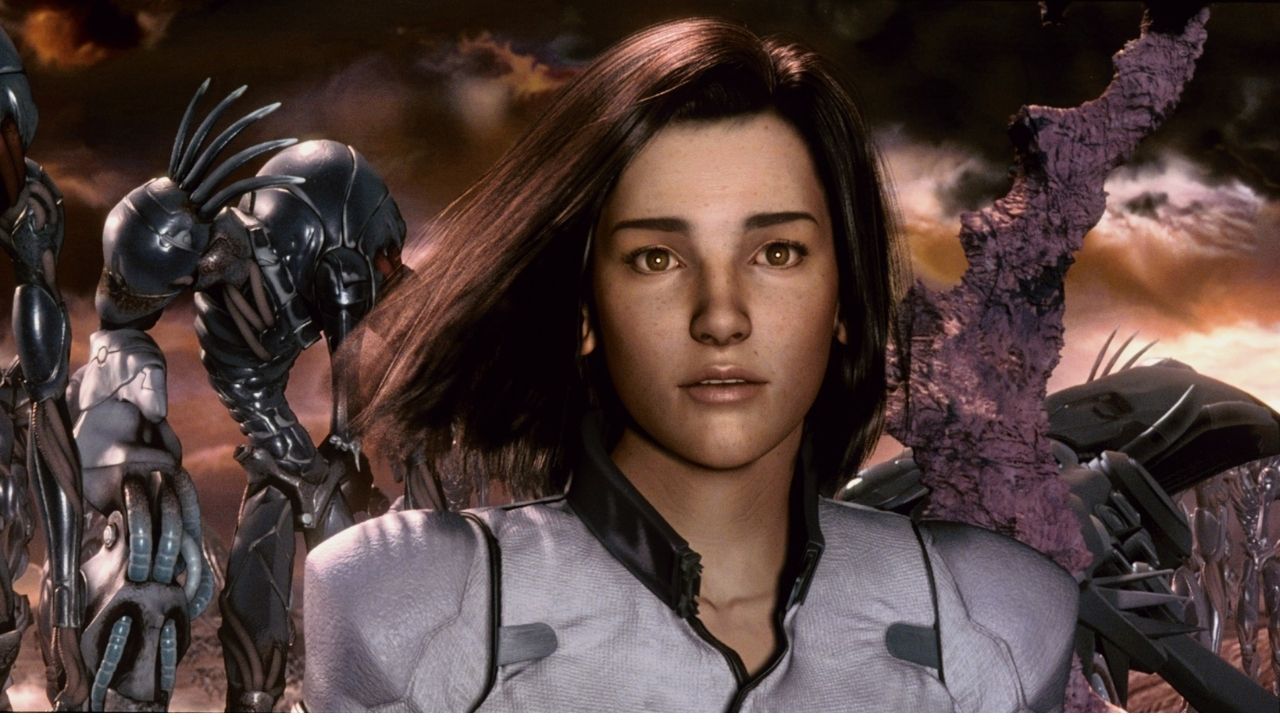
Final Fantasy: The Spirits Within animation uses the most successful CGI animations of its time. It has very realistic characters. but this situation created an uncanny valley effect by causing feelings such as tension and fear in the audience. This situation caused him not to get the desired effect at the box office.
The leading robot in the movie Ex Machina is one of the productions that creates an uncanny valley effect.
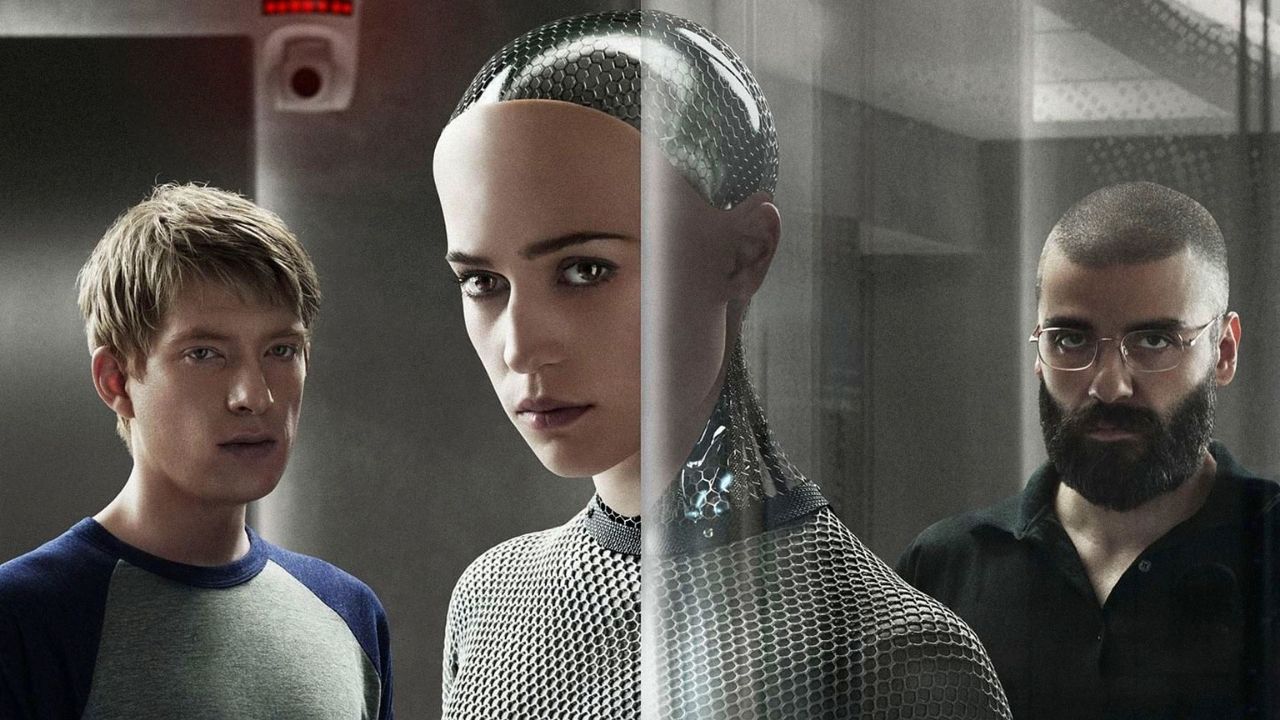
!!!Spoilers!!!
When you watch the movie for the first time, the robots being so similar to humans causes a deep tension in the audience. In addition, the fact that the leading boy falls in love with the robot, even when the robots appear naked. having the exact human body, forces the audience to be exposed to the uncanny valley effect.
Have you ever experienced the uncanny valley effect? Specify in the comments and Remember to be cautious even with food processors.
RELATED NEWS
10 Facts That Prove Tokyo Is An Interesting City With A Hotel Serviced By Robots
RELATED NEWS
How is it that robots can’t solve “I’m not a robot” questions that even a 5-year-old can solve?
RELATED NEWS
